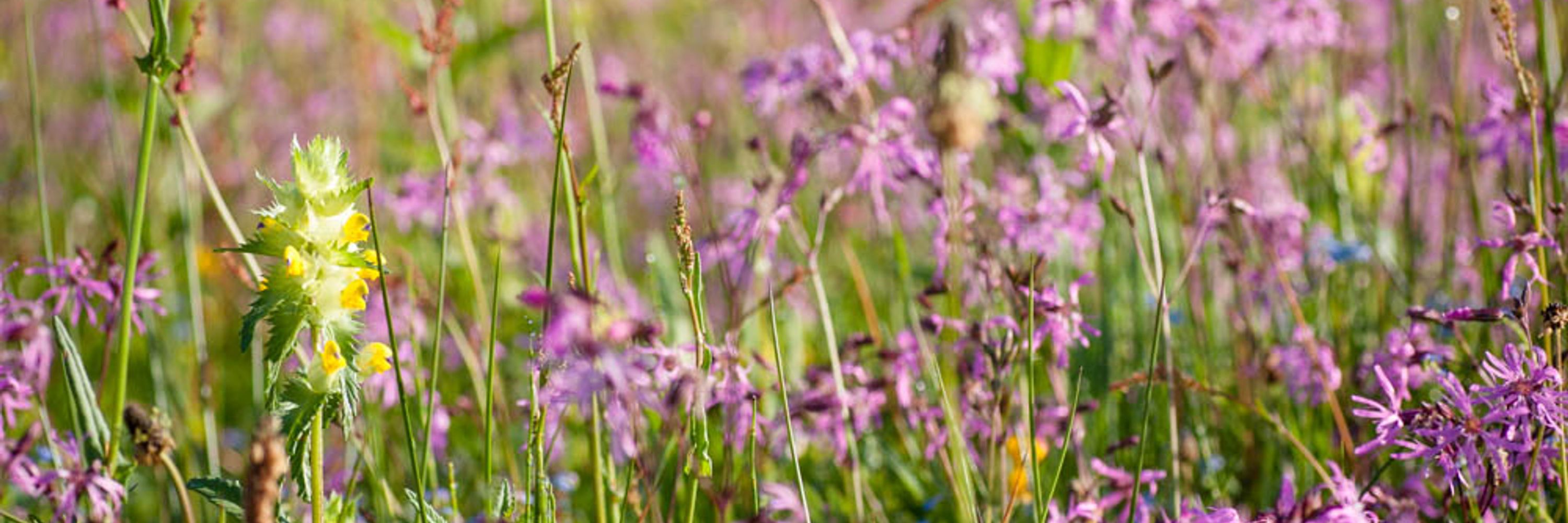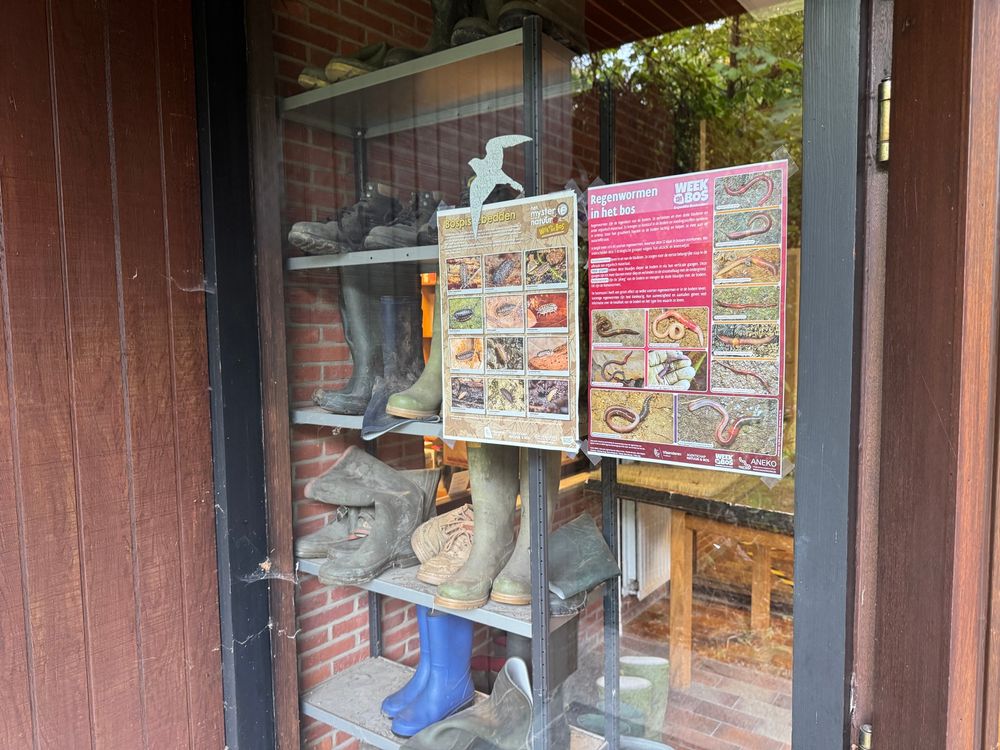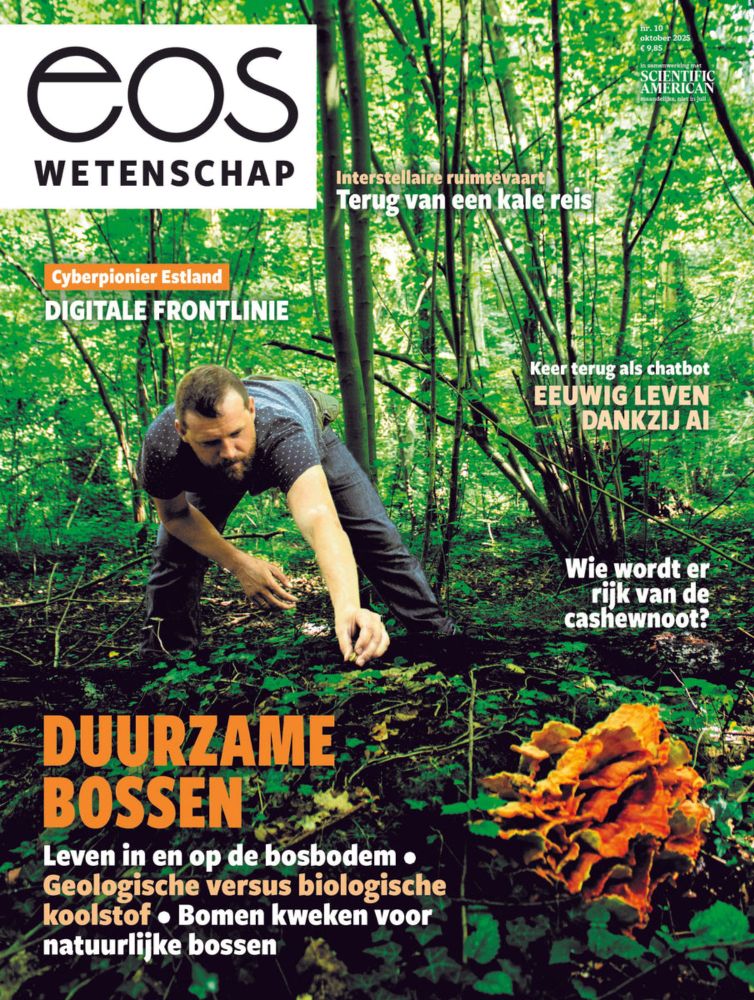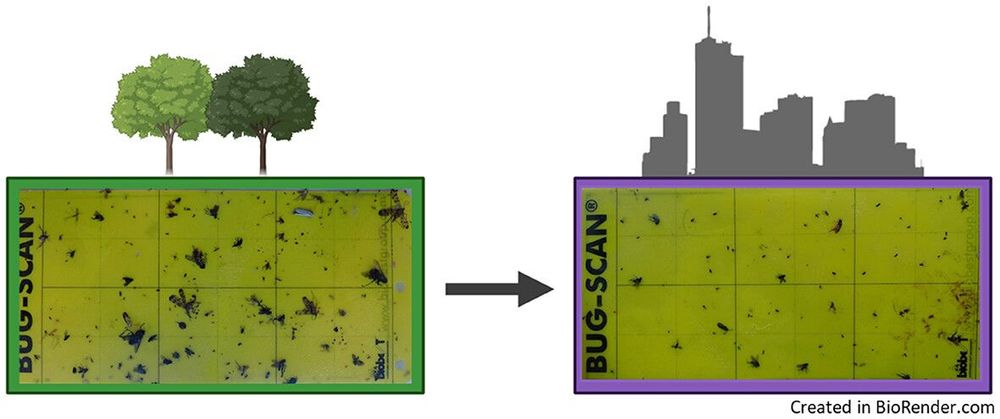Stephanie Schelfhout
@stephschelfhout.bsky.social
360 followers
520 following
96 posts
Applied ecologist at @fornalab.bsky.social (UGent) 💚 Grasslandnerd 💚 Into ecological restoration of species-rich grasslands 💚 biodiverse agricultural landscapes 💚 Jungle gardens 🪱 Digging for earthworms www.anekoworm.com 💚 science communication
Posts
Media
Videos
Starter Packs
Pinned
Reposted by Stephanie Schelfhout
Reposted by Stephanie Schelfhout
Reposted by Stephanie Schelfhout
Reposted by Stephanie Schelfhout
Reposted by Stephanie Schelfhout
Reposted by Stephanie Schelfhout
Reposted by Stephanie Schelfhout
Reposted by Stephanie Schelfhout
Reposted by Stephanie Schelfhout
ForNaLab
@fornalab.bsky.social
· Jun 25

Nerdland – CanopyChange
Op Nerdland festival voerden we een experiment uit tezamen met meer dan 400 festivalbezoekers! We stelden onszelf de vraag of zomereiken een verschillend aantal huidmondjes op hun bladeren hebben afhankelijk van het microklimaat dat ze ervaren. Een zomereik die op een parking staat, ervaart andere temperaturen dan een zomereik die in een bosje op een eiland staat. Zomereiken die op de parking van het provinciaal domein Puyenbroeck staan zullen in de zomermaanden warmere temperaturen ervaren omdat ze in volle zon staan omgeven door asfalt. Zomereiken in een bosje op een eiland van het provinciaal domein zijn daarentegen omringd door andere bomen, staan in de schaduw en zijn omgeven door water. Wanneer bomen droogtestress ervaren sluiten ze hun huidmondjes, de poriën in het blad waarmee ze CO2 opnemen, maar ook waterdamp verliezen. Zo houden ze meer water vast en kunnen ze vermijden dat blaadjes verwelken. De hypothese luidde daarom dat zomereiken op de parking sneller hitte- en droogtestress ervaren vergeleken met zomereiken op het festivaleiland en bijgevolg verwachten we dat bomen op de parking meer huidmondjes hebben om hun waterverlies efficiënter te regelen.
canopychange.ugent.be
































